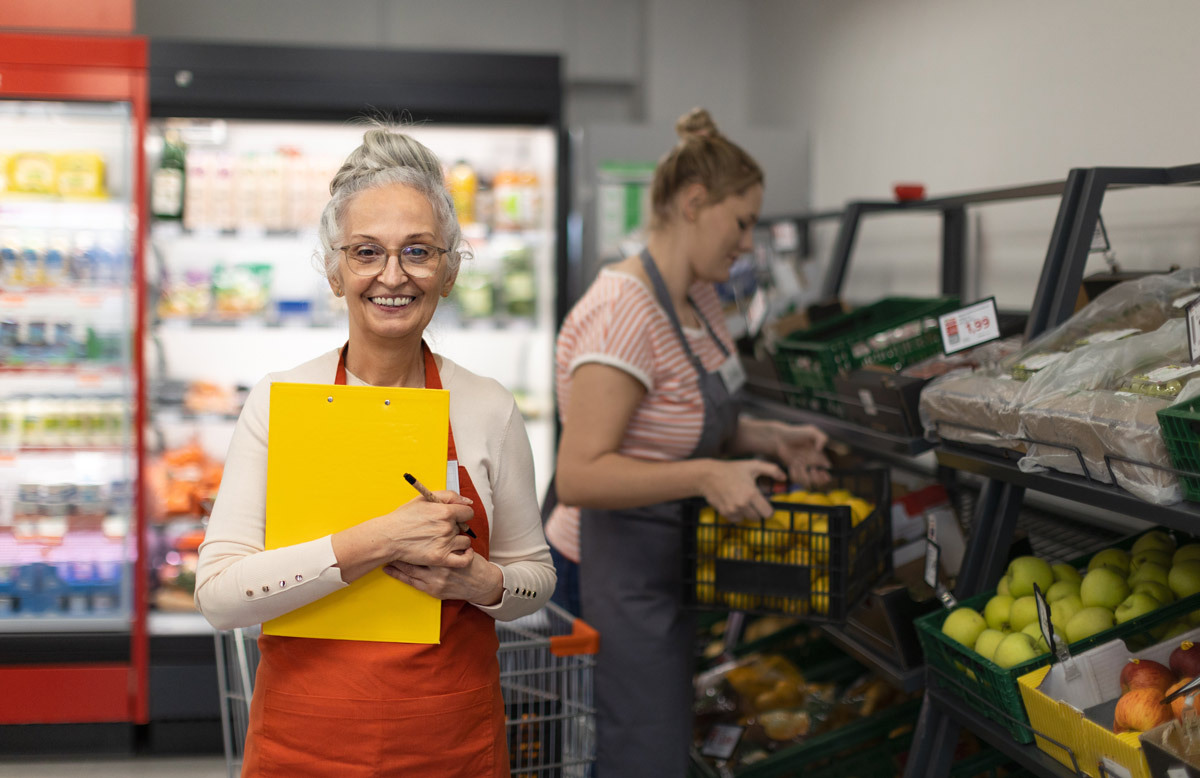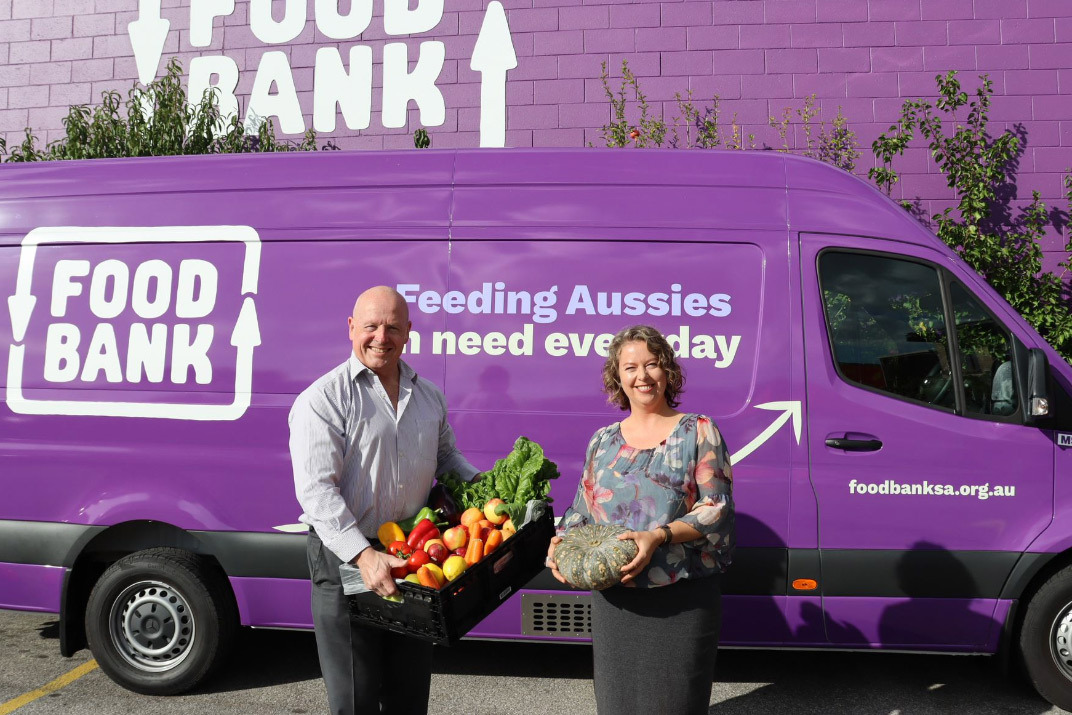Part Discount Grocer, Part Social Connection: Defining Elements of Social Supermarkets


Community organisations do important work in providing emergency food relief, but food insecurity often persists due to poverty and social exclusion. In countries like Australia, the common response to household food insecurity is providing food relief, typically done by charitable or voluntary groups, and often relying on surplus food donations.
Despite growth in the food relief sector, food insecurity in Australia hasn't decreased. Direct food provision usually doesn't solve the causes of long-term food insecurity. However, there are new and more progressive models of food provision and affordable community food retail emerging. This offers opportunities to enhance food relief services by combining food relief with other financial and social supports.
In 2020-21, two South Australian government agencies partnered with The Food Centre , a South Australian social enterprise, and academics from the Centre for Social Impact at Flinders University to test a social supermarket model. The model was informed by research with clients who indicated a preference for 'blended' service models that go beyond just providing food.
In this research, the authors:
- Briefly summarize international evidence on the features and offerings of social supermarkets
- Describe a process used to collaboratively develop a social supermarket that incorporates universal access and social supports
- Present a rubric to define the elements of a social supermarket
This research is relevant not only to social supermarkets but can also be used in other community organisations and settings. The rubric emphasizes two important elements in pathways out of food insecurity. These are:
- Dignified access and service, and
- Opportunities for social support and connection
Rubric: Defining Service Elements of a Social Supermarket Model
The final 14-element rubric focuses on the organisational model of social supermarkets as well as the social services, supports, and connection opportunities offered. The full rubric tool can be viewed in the supplementary appendix of the research article .
| Domain | Element | Brief description |
| Food and grocery provision | Dignified provision of affordable food and groceries | Consistent availability, diverse variety; provided in ways that enable choice and meets needs; retail-like environment that is welcoming and friendly |
| Nutritious food | Follows nutrition guidelines or standards | |
| Organisational model | Organisational goals, principles, and values | Social mission; underpinned by values, including dignity, respect, and empowerment |
| Sustainability/viability | Security of financing by partner organisations or ability to maintain funds over time | |
| Enduring partnerships | Formalized relationships with external stakeholder organisations for operations and advocacy | |
| Organisational workforce/capacity | Core-funded staff and volunteer roles, with sufficient capacity for leadership and management | |
| Volunteers and placement-based positions form part of the workforce | People who volunteer (a) for altruistic reasons, and (b) as potential clients and can increase their skills either informally or through formalized programs | |
| Secure food/grocery supply | Subsidized surplus and/or purchased wholesale through diverse suppliers and/or redistributors | |
| Continuous improvement and service quality | Commitment to continuous improvement and service quality through data and client voice; structured, respectful processes for volunteer engagement, induction, training, and review | |
| Target groups – customers and volunteers | Membership model or open access | Defined group or open access plus targeting to reach unemployed, underemployed, retirees, people on disability pension, and low-income earners |
| Pathways out of food insecurity/social services | Social connection | Informal and formal socialization opportunities and dedicated space (e.g., café, space for programs) |
| Access to wrap-around supports, services, and referral pathways | Partnerships and processes that enable clients to engage with the critical services they require (e.g., mental health, employment, microfinance) | |
| Opportunities for learning and skill development | Volunteering/work experience tailored to individual’s needs, and desired skills/experience | |
| Reconnection with food | Variety of activities that build confidence and competence (e.g. cooking classes, community kitchens, growing food, meal packs) |


